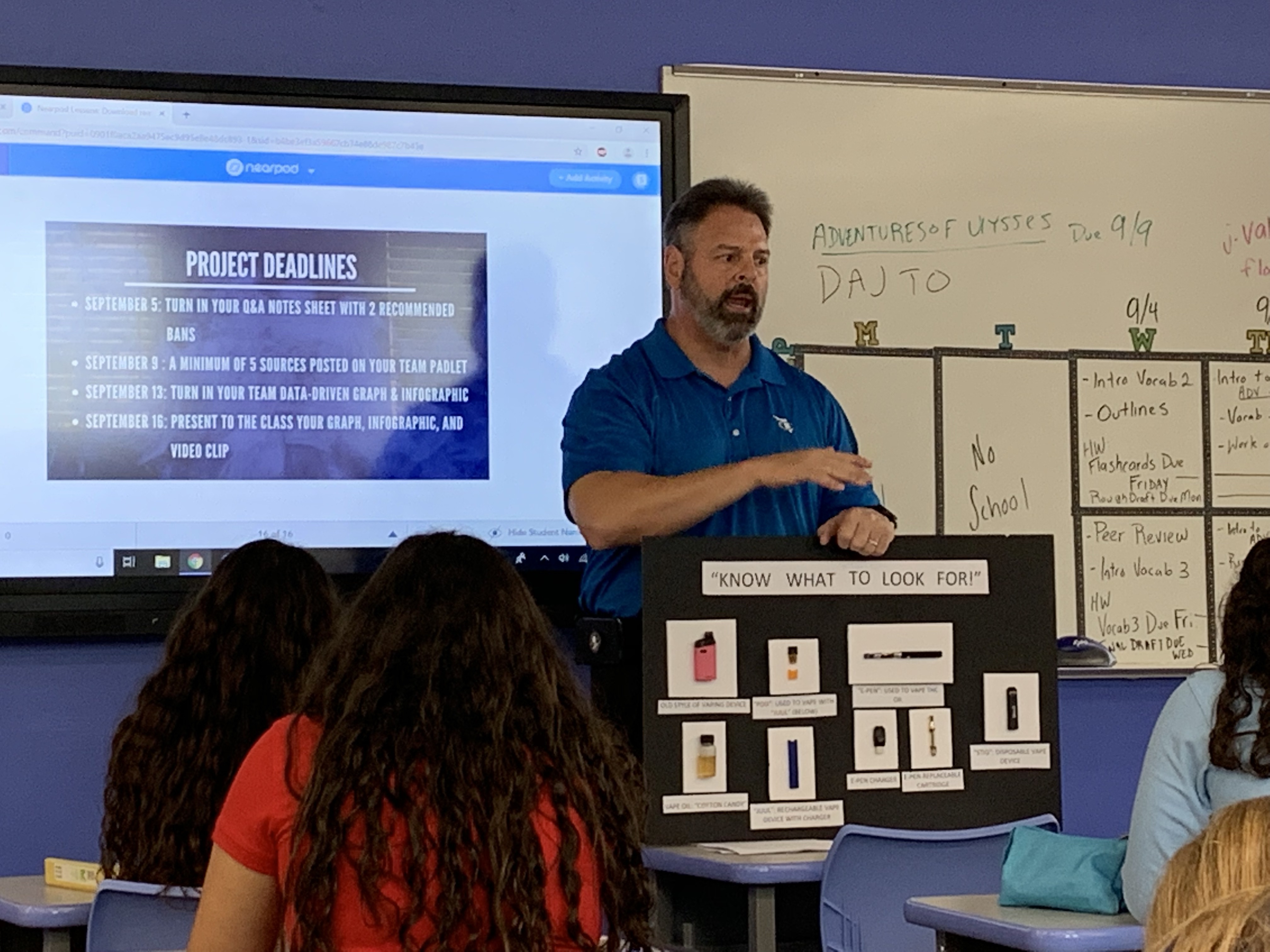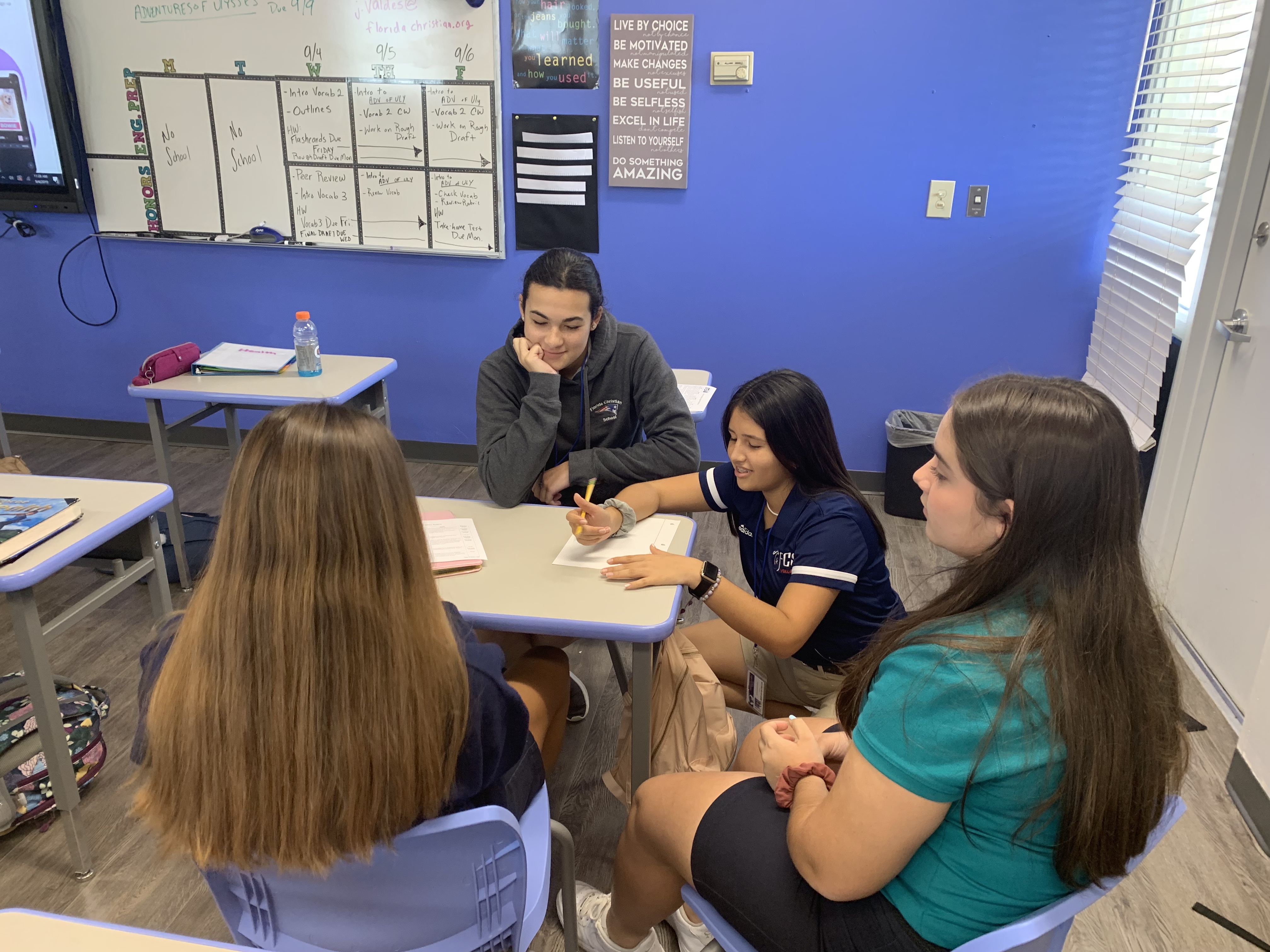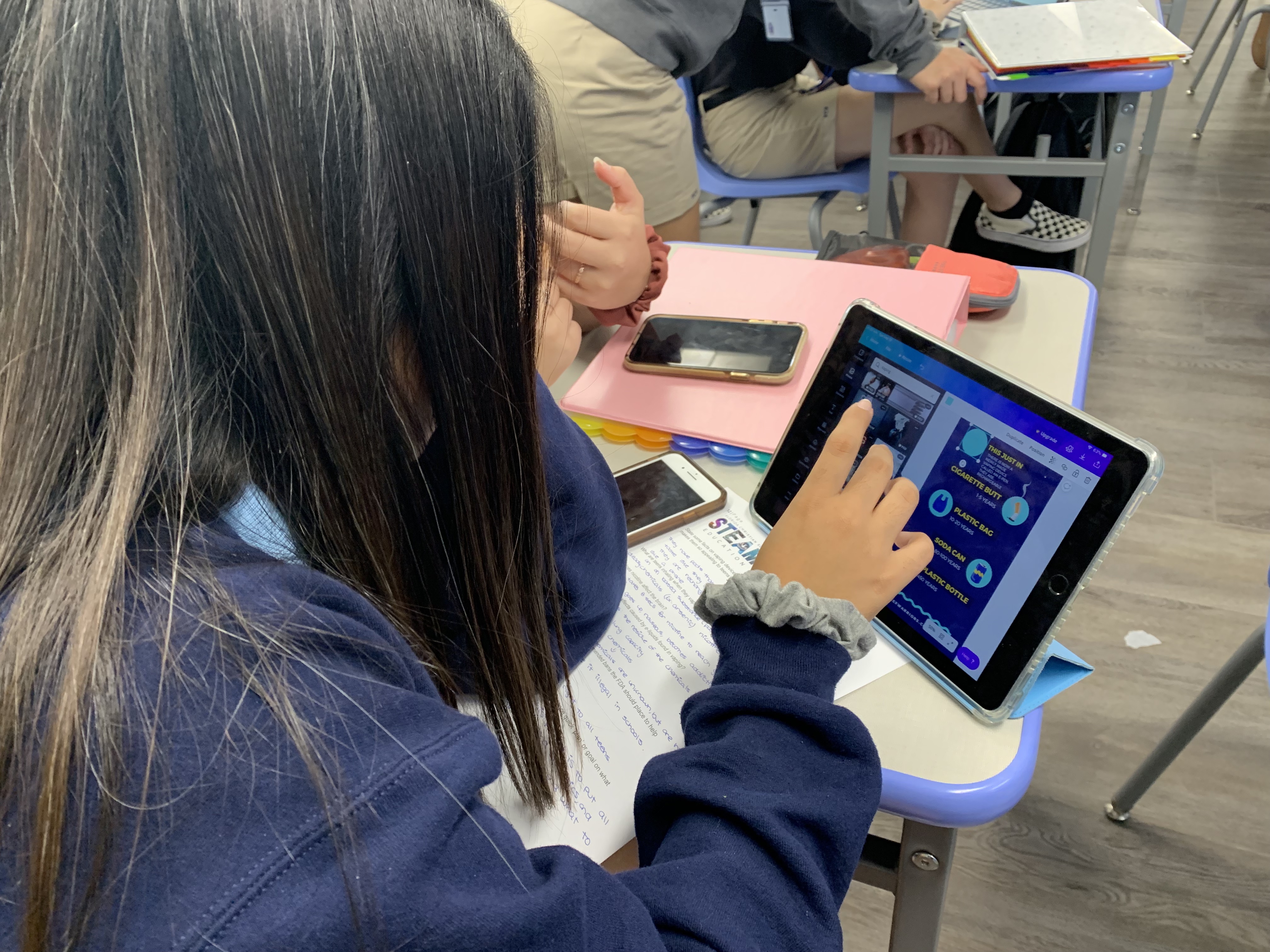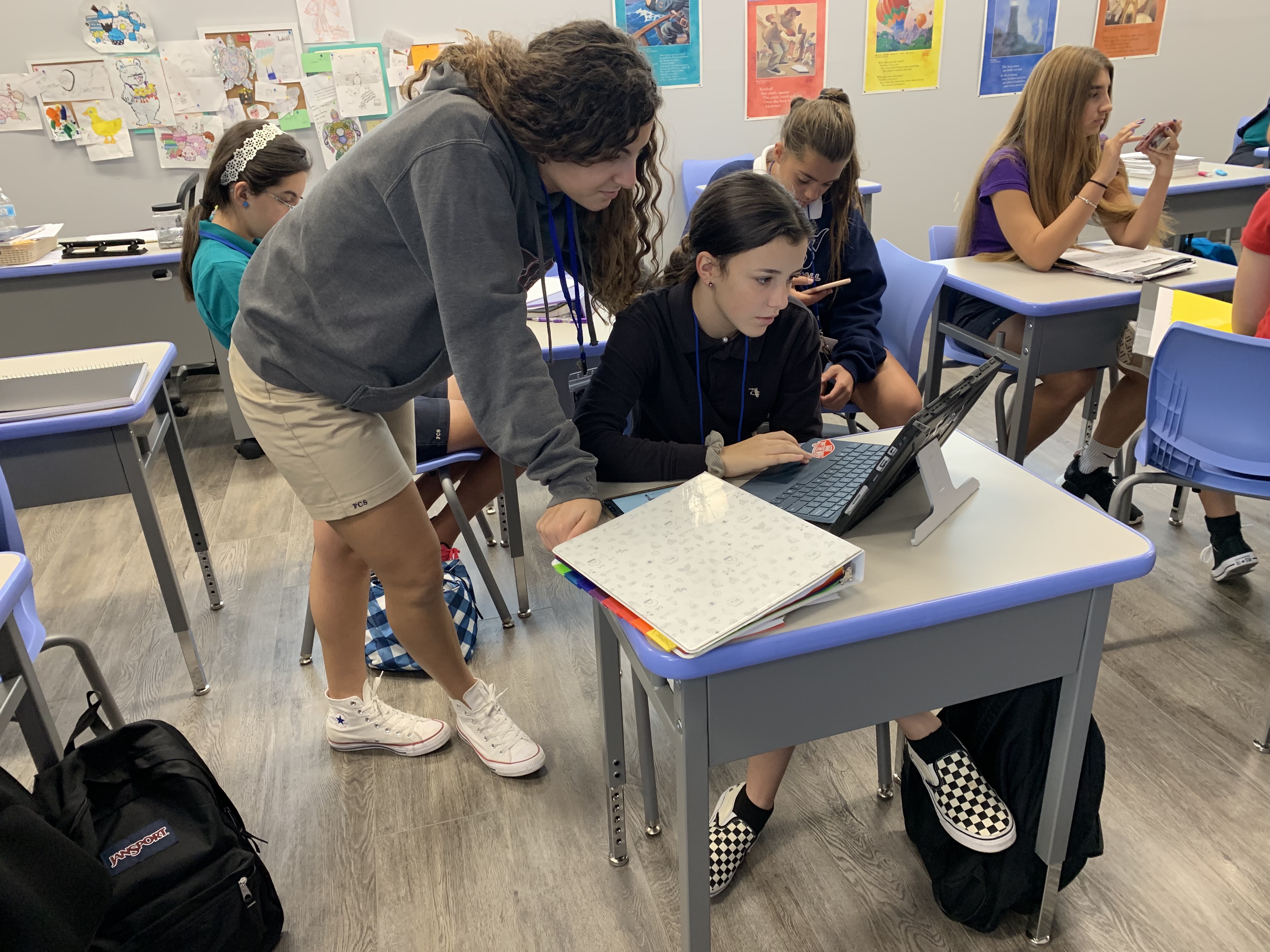
STEAM Education with Nearpod and Flocabulary
You can’t visit a classroom, museum, aquarium, zoo, or even the White House without hearing the ever-popular five-letter word – STEAM. Evolving from STEM, a STEAM education develops core-skills such as creativity, collaboration, critical thinking, and communication. Businesses want applicants who demonstrate these abilities. In the hopes of preparing kids for the future, schools are scrambling to show that they are a STEAM school. However, STEAM is more than a science fair project with an emphasis on art.
STEAM education is complex. It looks more like a beautiful puzzle than some science-themed arts and crafts project. Each piece of the puzzle is essential for the final picture to come together. With the help of Nearpod and Flocabulary, teachers can create engaging transdisciplinary STEAM units for any grade level.
When it comes to incorporating STEAM into the curriculum, Nearpod + Flocabulary have got you covered! 🙌 Learn all about it 👉 bit.ly/36Fs6YZ #STEAMedClick To Tweet7 Pieces to the STEAM Integration Puzzle:
1. Problem-Based
The first puzzle piece in creating an amazing STEAM unit is to select a problem for students to solve. A problem-based project creates a setting for processing skills, such as collaboration, analyzing, and modeling, to take place. This can also help create a context for learning.
Examples of problem-based STEAM scenarios:
- For Elementary Students: How can we create an outdoor “green” MakerSpace that will connect to our existing playground and be able to withstand our city’s year-round weather conditions?
- For Middle and High School Students: How can we raise awareness about the dangers of vaping for young people and how can we help stop teens from vaping?
2. S.T.E.A.M. Content
Try to incorporate the five components of STEAM: science, technology, engineering, art, and math, when creating a project. STEAM begins with a problem and weeds in the five content areas asking “What is the most useful way to solve the problem?”
Nearpod’s Lesson Library has 8,500+ ready-to-run, editable lessons that provide the foundational material students need to help solve these problem-based projects. Regardless of the subject area, teachers can add a pre-made Nearpod lesson to their Library. Teachers can ‘Add Content’ or an activity such as Desmos or the Draw It tool to create a transdisciplinary lesson. Transdisciplinary teaching foregrounds the problem to be solved, not the content area.
3. Authentic Tasks
The problem-based STEAM unit should be a current, real-world issue involving student interests. It should be selected from a local, community-based problem. However, that does not mean that you can’t select a problem that is a global issue, particularly if it is a current hot topic amongst your students.
Under Flocabulary’s Life Skills lessons, you can find authentic global topics. These topics include bullying, diversity, activism, nutrition, and internet safety. For example, in the Nearpod + Flocabulary lesson on Culture, students learn about how culture impacts various aspects of our lives. This can start a conversation on how to solve some of the cultural issues in their own community.
4. Inquiry-Rich
To create an inquiry-rich STEAM unit, students should be able to choose from multiple pathways to solve the problem. By the end of the unit, students should feel led towards further inquiry. Teachers can include a question at the end of each day’s lesson (ie. Exit Ticket) by using Nearpod’s ‘Collaborate Boards’, ‘Open-Ended Question’, or ‘Poll.’
5. Student Choice
When students have choice, they feel more ownership over the tasks, which increases student engagement! Students will typically choose something they are good at. This helps them demonstrate their strengths and engages different ability types. Additionally, student choice encourages multiple ways to solve a problem. Nearpod gives teachers the tools to create engaging lessons where students can be the STEAM puzzle builders.
6. Technology Integration
App smashing is a great way to integrate technology into your STEAM unit. Student-paced Nearpod lessons introduce and connect students to tech tools they can use to solve their problem-based scenario. Teachers can use Flocabulary, it includes Hip-hop videos and creativity tools that give teachers new ways to captivate students while engaging them in academically rigorous content. This tool supports content knowledge and art integration in the classroom, and even allows students to create their own raps in their Lyric Lab. They can also use Google Slides for group collaboration, or Nearpod’s own Time to Climb for a gaming formative assessment.
7. Teacher-Facilitated
As teachers become the facilitators of the lesson, students are provided opportunities to receive individual feedback and are able to take multiple pathways of inquiry. The outcome is that every group’s final project will look different from one another.
These seven pieces come together to create a powerful STEAM education unit to transform students into creative and collaborative problem solvers. Nearpod is the puzzle box that stores all these puzzle pieces together.













